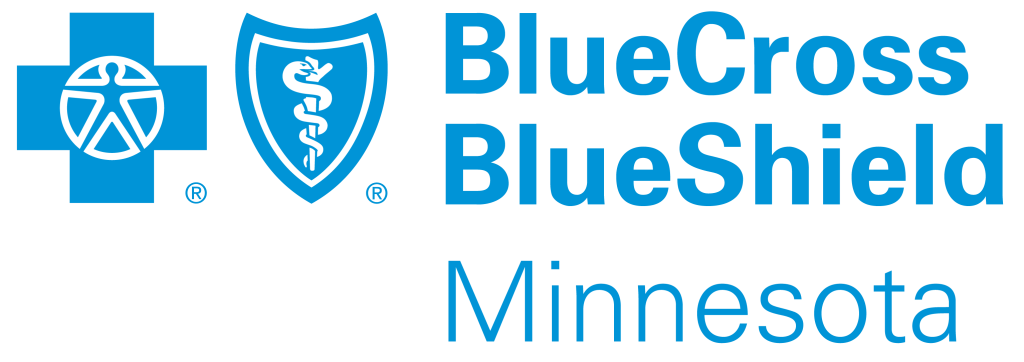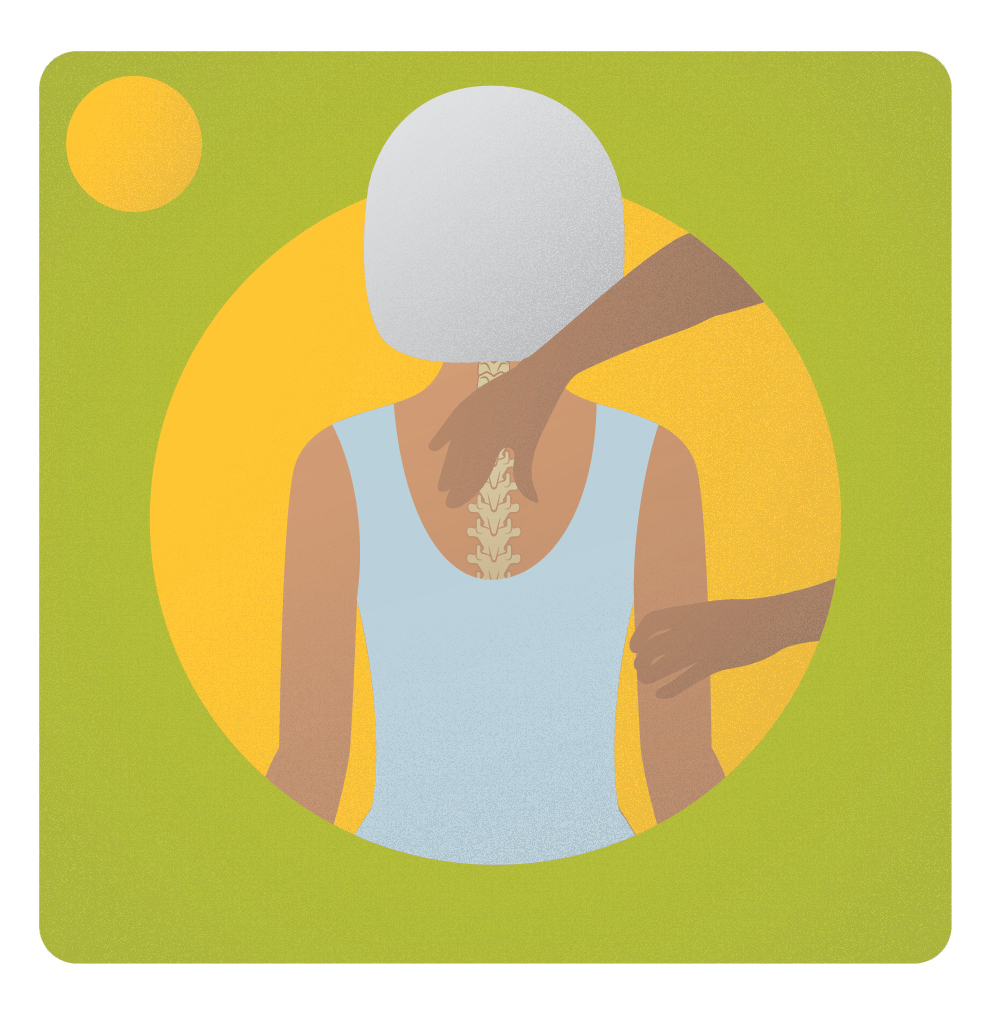Rev. John Kaiyalethe is no stranger to traditional health care, from medicinal treatment to major surgery.
As the recipient of a new heart 18 years ago following complications from gas poisoning su ffered during mission work, the 82-year-old retired minister and Blue Cross member is thankful for what modern medicine has achieved for him. But when his shoulder started bothering him about six years ago and a doctor mentioned surgery as an option, Kaiyalethe was hesitant.
“After three major surgeries, I didn’t want another one,” he says. “I decided to listen to a friend of mine who advised me to see an acupuncturist. So I went and talked to him, and he said it would take five sessions. After four, I felt the pain was gone.”
Though not a replacement for primary doctor visits and traditional health care, complementary treatments have the ability to enhance both mental and physical well-being. It’s a good idea to consult with your doctor before proceeding with any complementary treatment, but here are four options to consider:
ACUPUNCTURE
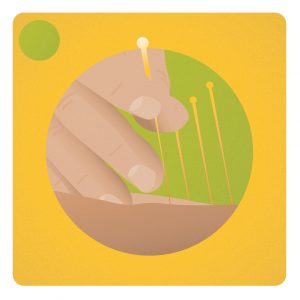
How it works Acupuncture is based on the concept of qi, which is basically an energy flow, says Cassandra Roberson, an acupuncture specialist who has provided the treatment for more than 19 years at Shakti Clinics of Oriental Medicine in Osseo and Minneapolis. The belief is that acupuncture releases blocked energy through the stimulation of points on or under the skin using gently and strategically placed small needles.
Common applications In older adults, acupuncture is often used to treat chronic pain, arthritis, stress and depression, and a range of common illnesses. What to expect Acupuncture is a holistic process, Roberson says, so she starts with a thorough review of her patients’ medical history, as well as a discussion of symptoms and other topics.
What to expect Acupuncture is a holistic process, Roberson says, so she starts with a thorough review of her patients’ medical history, as well as a discussion of symptoms and other topics.“We’re addressing body, mind and spirit, so we don’t just fix the owies,” Roberson says. Patients typically start with three separate treatments of roughly one hour each.
AROMATHERAPY
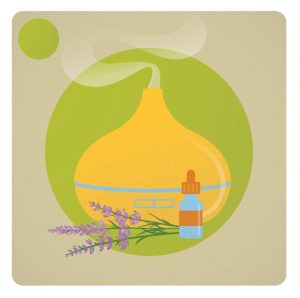
How it works Aromatherapy involves using essential oils to stimulate smell receptors, which send messages through the nervous system to the part of the brain that controls emotions, according to a Mayo Clinic article from Dr. Brent Bauer, director of the Department of Internal Medicine’s Complementary and Integrative Medicine Program.
Common applications Aromatherapy can provide relief from anxiety and depression, a better quality of life for individuals with chronic conditions and dementia, better sleep, and reduced pain.
What to expect Essential oils are a temporary therapy that Bauer says can be inhaled directly or indirectly, or applied to the skin as lotion, in bath salts, or through massage. Di fferent scents have di fferent applications, such as relaxation or headache relief. Aromatherapy is commonly used independently. It’s important to follow instructions carefully and seek guidance if needed.
CHIROPRACTIC THERAPY
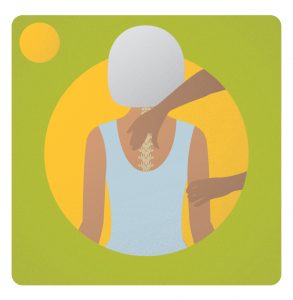
How it works Chiropractors work to reduce pain and improve functionality through manual adjustment and manipulation of the spine. Adjustment can involve various levels of force applied to specific areas, as well as stretches and other body positioning.
Common applications Pain in the neck, lower back, hips and knees is commonly addressed through chiropractic treatment, as is pain associated with arthritis.
What to expect Chiropractors generally gather a whole-health history and X-rays are sometimes conducted to get a visual of specific problems. Patients’ mobility and reflexes are also assessed and older patients might receive a lighter touch and techniques that don’t involve as much body movement. Multiple sessions are usually required, but patients will often feel better immediately after an adjustment.
MASSAGE
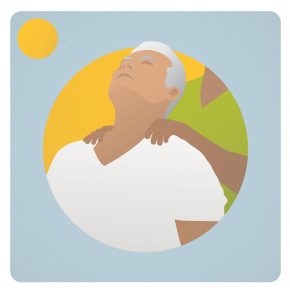
How it works Massage therapists use their hands to apply various levels of pressure and movement to skin, muscles and other soft tissues, with the aim of improving both physical and mental wellbeing says Sharon Puszko, a massage therapist and owner of Day-Break Geriatric Massage Institute in Indianapolis.
Common applications Massage can help with relaxation and stress reduction, range of motion, loosening tight muscles and more.
What to expect As with other complementary care providers, Puszko likes to get a whole-health overview, followed by a discussion about the issues that brought the patient in. Puszko recommends seeking out a geriatric specialist for the best outcome. And though reduced pain and other benefits might be felt right away, most patients will see their massage therapist more than once. Before proceeding with any complementary treatment, remember to check with your doctor to discuss the risks and benefits.

